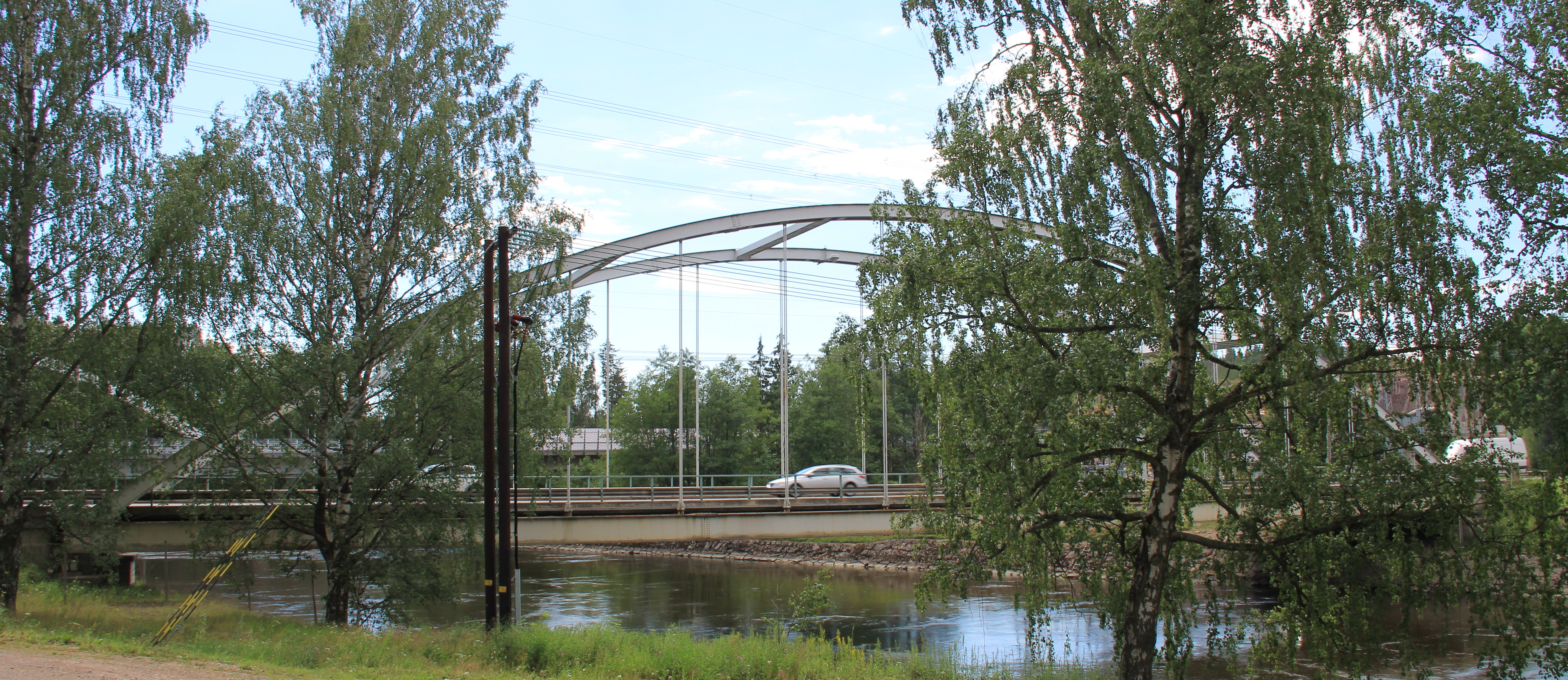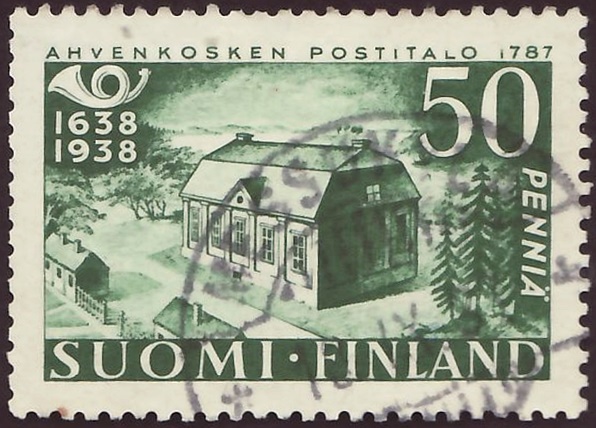Ahvenkoski on:
[Wikipedia]
[Google]
[Amazon]
 Ahvenkoski ( sv, Abborfors) is a historical site in the Kymenlaakso region,
Ahvenkoski ( sv, Abborfors) is a historical site in the Kymenlaakso region,
 Ahvenkoski was known as a marketplace since the 13th century. In 2010, the archaeologists found a remnants of a
Ahvenkoski was known as a marketplace since the 13th century. In 2010, the archaeologists found a remnants of a
Finland
Finland ( fi, Suomi ; sv, Finland ), officially the Republic of Finland (; ), is a Nordic country in Northern Europe. It shares land borders with Sweden to the northwest, Norway to the north, and Russia to the east, with the Gulf of B ...
, located by the westernmost branch of the river Kymijoki
The Kymi ( fi, Kymijoki, sv, Kymmene älv) is a river in Finland. It begins at Lake Päijänne, flows through the provinces of Päijänne Tavastia, Uusimaa and Kymenlaakso and discharges into the Gulf of Finland. The river passes the towns of H ...
. It consists of the Vähä-Ahvenkoski (Swedish: ''Lillabborfors'') village in Loviisa
Loviisa (; sv, Lovisa ; formerly Degerby) is a municipality and town of inhabitants () on the southern coast of Finland. It is located from Helsinki and from Porvoo. About 43 per cent of the population is Swedish-speaking.
The municipality co ...
and the Ahvenkoski village in Pyhtää
Pyhtää ( sv, Pyttis) is a municipality of Finland. It is located in the Kymenlaakso region, west of the city of Kotka.
Overview
The municipality has a population of () and covers an area of of which is water. The population density is .
Th ...
. The site is especially known of its rich military history. Between 1743 and 1809, Ahvenkoski was a border crossing of Sweden
Sweden, formally the Kingdom of Sweden,The United Nations Group of Experts on Geographical Names states that the country's formal name is the Kingdom of SwedenUNGEGN World Geographical Names, Sweden./ref> is a Nordic country located on ...
and the Russian Empire
The Russian Empire was an empire and the final period of the Russian monarchy from 1721 to 1917, ruling across large parts of Eurasia. It succeeded the Tsardom of Russia following the Treaty of Nystad, which ended the Great Northern War. ...
. Ahvenkoski was originally part of the Pyhtää municipality. As the border divided the village in two, the Swedish side became known as Ruotsinpyhtää
Ruotsinpyhtää (; sv, Strömfors) is a former municipality of Finland. Ruotsinpyhtää, Pernå and Liljendal were consolidated to Loviisa on January 1, 2010.
It is located in the province of Southern Finland and was part of the Eastern Uusima ...
, the ''Swedish Pyhtää'', which was annexed to the town of Loviisa in 2010.
Ahvenkoski is listed as a Cultural environment of national significance by the Finnish National Board of Antiquities
The Finnish Heritage Agency ( fi, Museovirasto, sv, Museiverket), previously known in English as the National Board of Antiquities, preserves Finland's material cultural heritage: collects, studies and distributes knowledge of it. The agency is ...
. The Ahvenkoski rapid was mostly destroyed in the 1930s, as the water level rose several meters due to the construction of a hydroelectric power station.
History
 Ahvenkoski was known as a marketplace since the 13th century. In 2010, the archaeologists found a remnants of a
Ahvenkoski was known as a marketplace since the 13th century. In 2010, the archaeologists found a remnants of a Viking Age
The Viking Age () was the period during the Middle Ages when Norsemen known as Vikings undertook large-scale raiding, colonizing, conquest, and trading throughout Europe and reached North America. It followed the Migration Period and the Ger ...
harbor. The found objects are similar to the ones found at various Norse activity in the British Isles
Viking activity in the British Isles occurred during the Early Middle Ages, the 8th to the 11th centuries AD, when Scandinavians travelled to the British Isles to raid, conquer, settle and trade. They are generally referred to as Vikings, Richard ...
, and in Norse settlements in different parts of the Northern Europe. The historical ''King's Road
King's Road or Kings Road (or sometimes the King's Road, especially when it was the king's private road until 1830, or as a colloquialism by middle/upper class London residents), is a major street stretching through Chelsea, London, Chelsea ...
'' ran by the village, crossing the river through the Kirmusaari Island. The Ahvenkoski Manor was established in 1561. During the Livonian War
The Livonian War (1558–1583) was the Russian invasion of Old Livonia, and the prolonged series of military conflicts that followed, in which Tsar Ivan the Terrible of Russia (Muscovy) unsuccessfully fought for control of the region (pre ...
in the 1570s, the manor and the village were burned down by the Russian troops. The manor was last destroyed in the mid-1800s, the present building was completed 1894.
After the 1741–1743 Russo-Swedish War
Wars between Russia
Russia (, , ), or the Russian Federation, is a transcontinental country spanning Eastern Europe and Northern Asia. It is the largest country in the world, with its internationally recognised territory covering , and ...
, the border between Sweden and Russia was moved to Ahvenkoski. Both sides established their mail and custom houses to the village and started building various fortifications by the river.
The Finnish War
The Finnish War ( sv, Finska kriget, russian: Финляндская война, fi, Suomen sota) was fought between the Gustavian era, Kingdom of Sweden and the Russian Empire from 21 February 1808 to 17 September 1809 as part of the Napoleonic ...
begun in February 1808, as the Russian troops crossed the border in Ahvenkoski. As war ended, Finland became an autonomous part of the Russian Empire. In 1812, the border of Grand Duchy of Finland
The Grand Duchy of Finland ( fi, Suomen suuriruhtinaskunta; sv, Storfurstendömet Finland; russian: Великое княжество Финляндское, , all of which literally translate as Grand Principality of Finland) was the predecessor ...
and Russia was moved by Alexander I of Russia as a goodwill gesture 200 kilometres east to the Karelian Isthmus
The Karelian Isthmus (russian: Карельский перешеек, Karelsky peresheyek; fi, Karjalankannas; sv, Karelska näset) is the approximately stretch of land, situated between the Gulf of Finland and Lake Ladoga in northwestern ...
, Ahvenkoski lost its importance and the structures started slowly decaying. The last military conflict in the area was the Finnish Civil War
The Finnish Civil War; . Other designations: Brethren War, Citizen War, Class War, Freedom War, Red Rebellion and Revolution, . According to 1,005 interviews done by the newspaper ''Aamulehti'', the most popular names were as follows: Civil W ...
Battle of Ahvenkoski
The Battle of Ahvenkoski was fought during the Finnish Civil War between 10April and 5May 1918 at Ahvenkoski ( sv, Abborfors; ), Finland between the German Empire and the Red Guards () of the Finnish Socialist Workers' Republic, more commonly k ...
, fought between the German troops and the Finnish Red Guards
Red Guards () were a mass student-led paramilitary social movement mobilized and guided by Chairman Mao Zedong in 1966 through 1967, during the first phase of the Cultural Revolution, which he had instituted.Teiwes According to a Red Guard lead ...
in April 1918. It was the final battle of the Civil War.
Transport
TheFinnish national road 7
Finnish national road 7 ( fi, Valtatie 7; sv, Riksväg 7) is a highway in Finland. It runs from Erottaja in Helsinki to the Russian frontier at the Vaalimaa border crossing point in Virolahti. The road is long. The road is also European route E1 ...
runs by Ahvenkoski as a part of the European route E18
European route E18 runs from Craigavon in Northern Ireland to Saint Petersburg in Russia, passing through Scotland, England, Norway, Sweden and Finland. It is about in length.
Although the designation implies the possibility of a through jour ...
highway. The highway was rerouted in the 1960s, and the modern four-lane motorway was opened in 2013–2014. The 1928 completed Savukoski Bridge, replacing the one destroyed in the 1918 Civil War, is today a tourist attraction, holding a status of a museum bridge.
References